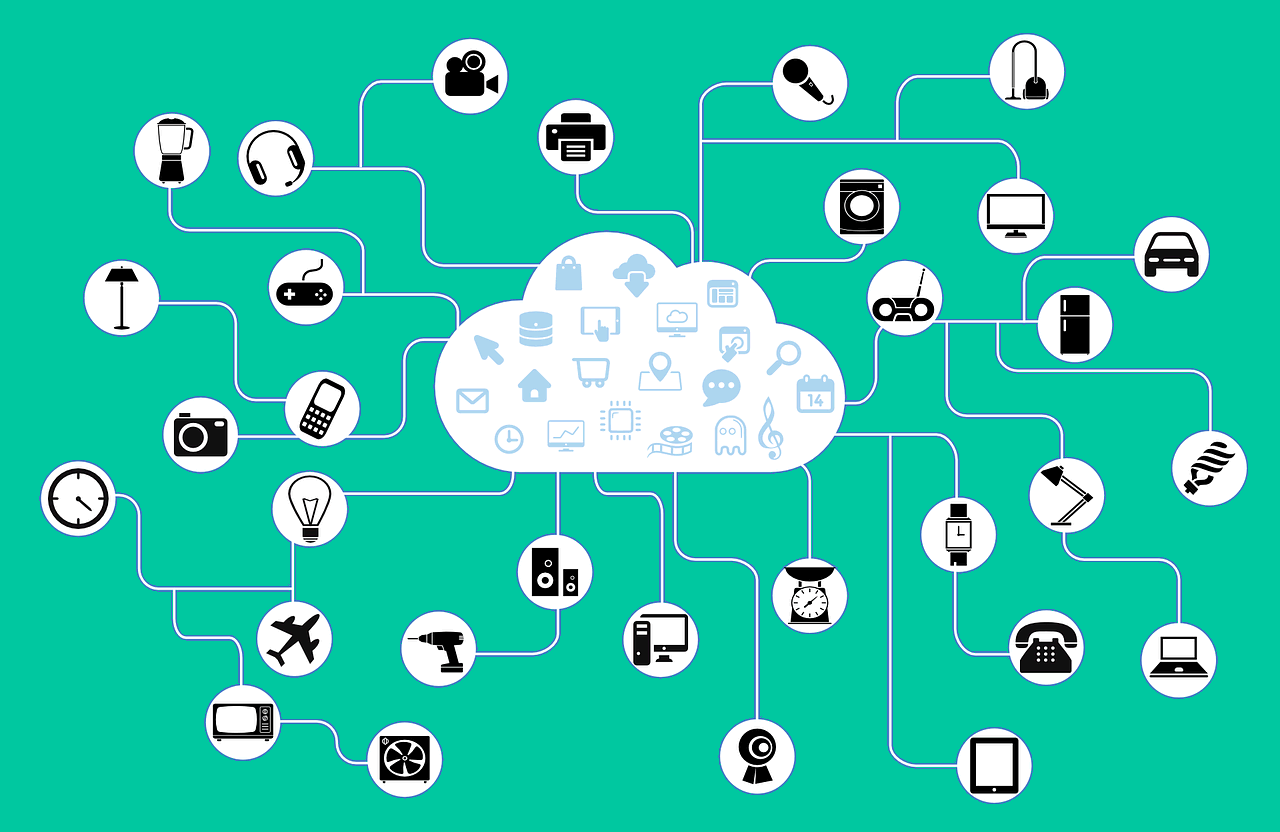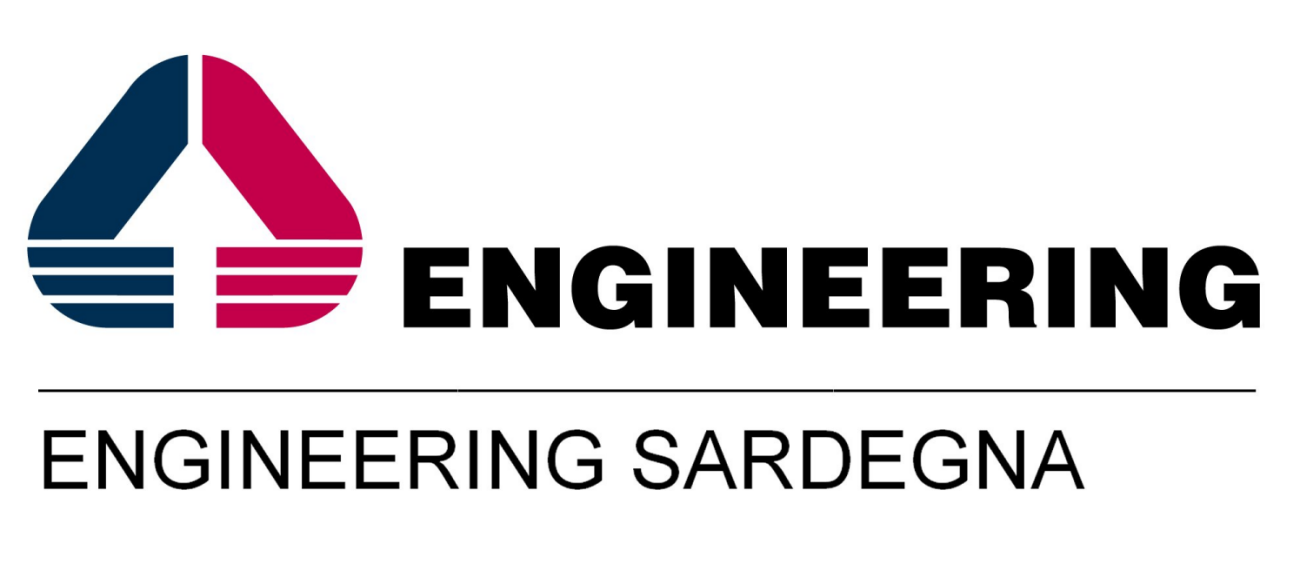Posted by: Antonio Salis, R&D Project Manager, Engineering Sardegna
The Internet of Things (IoT) is the set of objects within electronic devices, sensors and actuators that are widely diffused and capable of communicating with the Internet, the manufacturer and other devices through communication protocols that do not request human intervention.
By way of example, we can mention:
• camcorders (for surveillance, traffic detection, pollution, etc.);
• Appliances (refrigerators, washing machines, kettles, etc.), door openers or shutter controllers;
• lifts and other smart building equipment;
• various avionics devices such as flight recorder;
• card readers or RFID (for logistic applications);
• biomedical appliances and sensors;
• meters, thermostats, digital regulators for electricity, gas, water, heat;
• wearable devices such as bracelets and watches.
• environmental and territorial sensors (light and humidity sensors, air quality and parking sensors, etc.)
The amount of such objects grows at dizzying rates, and the volumes, variety and speed of the data they produce also grow considerably. The information that is made available therefore constitutes a Big Data generator of great potential value.

To take advantage of the quantity and variety of such data and generate value and services from them, the most immediate approach was to connect the IoT directly with the Cloud. Although this may in some cases be feasible, a more careful analysis has immediately underlined that the direct “Cloudification” of IoT is generally problematic since the approach of transferring all data from the device to the datacenter generates considerable latency and a large computational load and storage at not negligible economic costs. There are also regulatory constraints that limit the use of personal data in the cloud and infrastructure complications such as the use of dedicated communication gateways between the IoT and the cloud.
In summary, the “Cloudification” of IoT makes an unwise use of the precious and expensive resources of the Cloud computing system, namely the transmission capacity, data storage and processing capabilities. There are also a large number of services that require a nearly instant response to the reception of IoT data and this is not compatible with the ability to transfer and process the huge amount of data of IoT devices in the cloud.
A first technical response to these issues has been given by Cisco introducing the Fog Computing concept as an architecture model that, between the Cloud and the IoT, extends Cloud Computing and Services to IoT objects to the ends of the network. In the same way as Cloud, Fog provides data, computing, storage, and end-user application services, but supporting a dense geographic distribution, aimed at approaching IoT devices and providing support for objects mobility.
In this way the Fog reduces latency in services, which in case of critical services can be decisive, by improving their Quality and Overall Experience of End Users.
The great interest in this new Fog architecture have given place to the establishment of the Open Fog Consortium consisting of research and industry giants such as ARM, Cisco, Dell, Intel, Microsoft, Princeton University, which recently released the first Reference Architecture.
Fog Computing is defined as a horizontal-level system architecture that deploys more computing, storage, control, and networking functions to end-users in the continuum from cloud computing to IoT objects. The extension so defined expects that deployments can reside on multiple layers, while retaining all the benefits of cloud computing, such as containerization, virtualization, orchestration, and resource-efficient management. Processes are moved by the cloud to the near ends of the network, near the IoT sensors and actuators, on elements called Fog Nodes, consisting of autonomous processing, storage and IP communications, which can be deployed anywhere, such as long a railway, lighting poles or a car, or capable of acting in mobility.
The peculiarities of OpenFog’s architectures are to enable cloud-to-cloud and cloud-to-fog interfaces and communication flows and thus offer, with respect to other approaches, particular advantages represented by the SCALE acronym:
• Security: data generated by IoT devices must be protected both in transfers and in storage to ensure secure and trusted transactions; The integrity and availability of infrastructure and data should not be questioned;
• Cognition: awareness of end-user and surrounding environment goals; It also has the ability to adapt connections and computing resources even in the unavailability of some of them, so that architecture is autonomous and adaptive, starting with objects at the extremes of the network;
• Agility: rapid innovation and scalability within a common infrastructure where choosing the most suitable node depends on various factors such as the speed of decision making required; So, for example, for instant responses, the node may be at the generating device, while for other cases it may be transferred to a fog layer or cloud;
• Latency: real-time processing and cyber-physical control systems, data analysis is done close to the device that generated it for immediate response;
• Efficiency: Dynamic commonly used local resources not utilized by participating end-user devices, for orchestrated and optimized computational resources.
Applications will need to be redesigned, starting with the gathering of elementary information from sensors, for a new distribution of functions, previously thought only for the cloud, and now placed between Cloud and Fog levels in the environment. The most critical response time data will be processed in the first fog layer, while less critical data may be transferred to higher aggregation layers for analysis and treatment. The less critical data will then be brought to the cloud for historical analysis, big data analytics, and long-term storage.
The Fog Computing model is not a compulsory choice in all situations. Various scenarios can be better managed with just Cloud Computing, but many other scenarios will be better implemented with fog extensions.
Cloud backend remains a key part of architecture even with the introduction of Fog Computing layers. Deploying tasks between Fog and Cloud depends on specific applications, it can be originally planned, but also dynamically adapted to the status of key resources such as processing load, communication link saturation, storage capacity, security threats detected, unavailability of resources, batteries consumption, cost targets, etc.
Typical scenarios in which Fog Computing is to be considered with particular attention are:
• Smart objects in mobility (cars, ships, drones, airplanes, smartphones)
• The directions on which smart objects move (roads, railways, nautical routes, airways)
• Aggregation points for smart objects (ports, airports, railway / metro / bus stations, malls, parking areas, factories, hospitals, schools / universities, palaces / houses)
The adoption of the Fog gives you the following benefits:
• A globally distributed network improves fault tolerance and resilience, minimizing downtime,
• Better interconnection and balancing of processing loads,
• Better system scalability also guaranteed by virtualized and containerized systems,
• Better use of the network bandwidth, reducing transfers and avoiding congestion and bottlenecks,
• A reduction in latency will also result in better service quality,
• Optimizing operating costs by streamlining the use of processing, storage, and network resources,
• More efficient security by encoding data to the source and reducing transfers, thus reducing risk exposure,
• Better flexibility and agility of business models
To conclude the scenario of several billion interconnected IoT objects is progressively emerging, then the resulting technological and architectural challenges that can and must be tackled and resolved above all through an open and shared approach.
mF2C is working to make available a framework to address and optimize all fog-to-cloud technical details enabling the growth of new business opportunities and foreseen new business models
